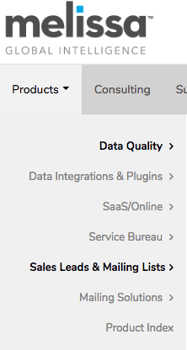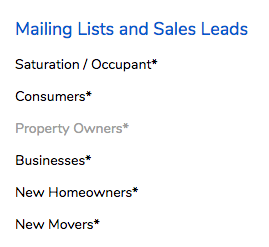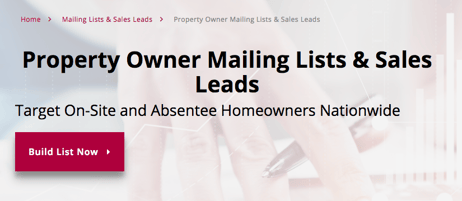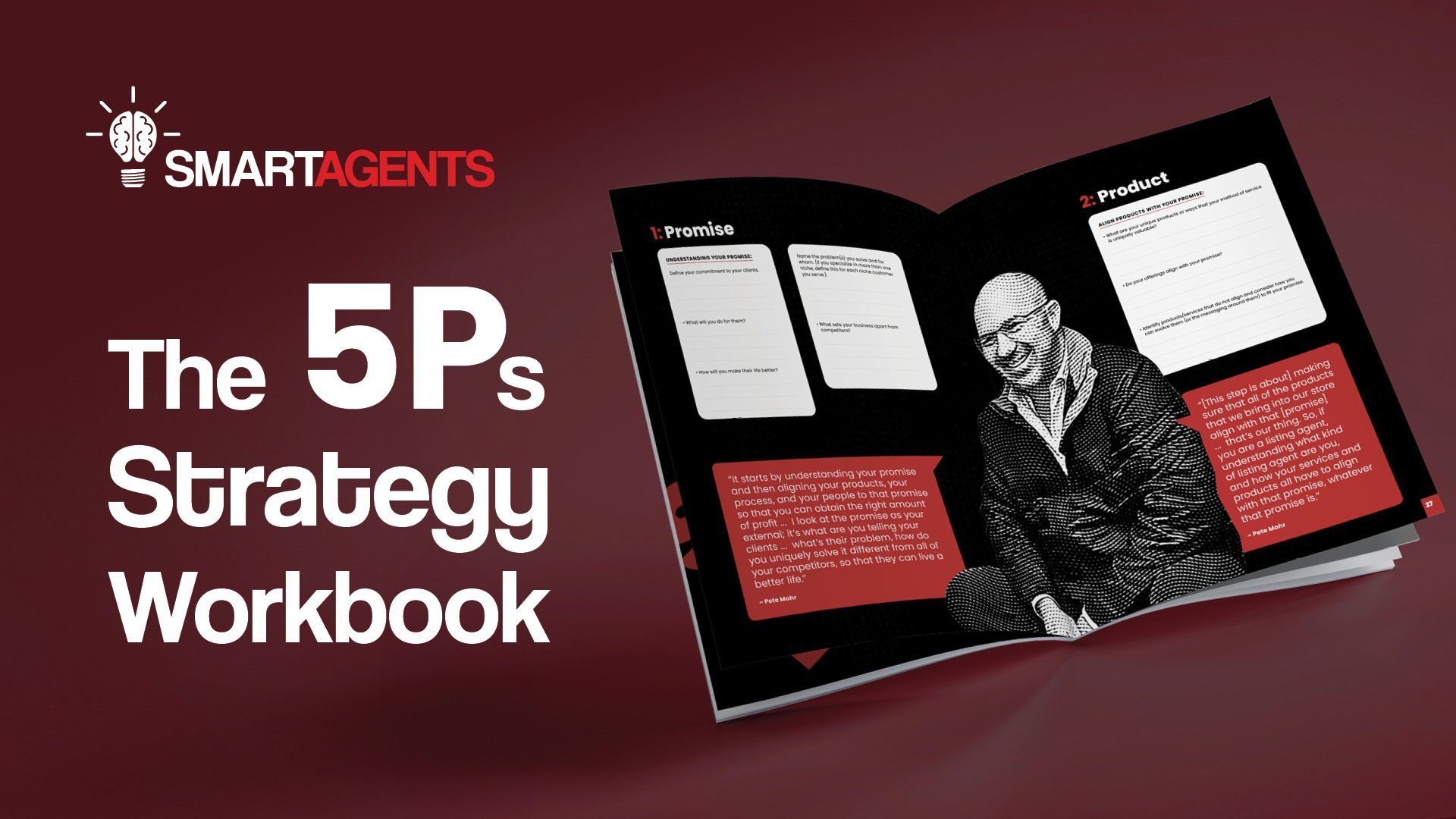According to the National Association of Realtors® 2017 Home Buyers and Sellers Generational Trends Report, sellers ages 62 to 70 made up the second-largest share of home sellers at 21%.
Translation: These sellers offer a huge listing opportunity for the right agent.
The key is to understand why they’re selling — and if they’re not, how to convince them they should.
Why Are They Selling?
- Their kids are grown up and have left home.
- They don’t need the large 4-bedroom house they bought in their 20s or 30s.
- They want to retire and pocket the extra money that comes with downsizing.
- They want to move closer to their children and grandchildren, who may even live out of state.
Likewise, sellers ages 71 to 91, though they make up a smaller market share, have similar motivations for moving. Most of these sellers have retired or scaled back their work demands, and they have the lowest median household incomes. In addition to the reasons cited above, they may be looking to move to senior-related housing or move in with family members.
So how do you find these leads? In this blog, I’ll tell you how to find them, how to approach them, how you can persuade them to sell, and how to seal the deal.
Track Down Your Leads
Going off of the logic that people with bigger homes are more likely to want to downsize, I focused my search on people 60+ who live in 4+ bedroom homes.
But you can also focus on the following groups of people, depending on your market area:
- Single people 55+ who live in a 3+ bedroom home
- People 60+ who live in a 3+ bedroom home (You may want to look at square footage in the final data you pull for these houses.)
I used a data collection site called Melissa Data to collect leads in this niche.
In the top left corner of the page, click the link that says “Sign in or Register.” Create an account, and verify your account with the confirmation email they send you.
Once you’re registered, you can sign in and begin putting together your list.
- Under the “Products” tab, select the option that says “Sales Leads & Mailing Lists.”

- On the next page, select the option for “Property Owners.”

- Then, click the link that says “Build List Now.”

- As I built my list, I used the following options:
- Zip Code: 80920
- Property Type: Single Family Residence
- Property Description: Number of Bedrooms from 4 to 10
- Mortgage Date: From 1/1/1973 to 1/1/1998
- My logic here was that the majority of people between the ages of 60 and 70 likely purchased a larger family home between the ages of 25 and 40. Simple math gives you a timeframe of 1983-1998 for someone age 60, and 1973-1988 for someone age 70.
- After each of the above selections, be sure to click the button that says “Update Counts.” This applies your selections to your final list criteria.
For this particular zip code, I was able to collect 230 records. You can also expand your search area by searching for a particular radius or a full county.

Once you’ve got your records, click the box that says “Next Step.”
This will take you to the final confirmation and payment page. This particular list cost me $50.
You can choose to download your list in a number of formats — I chose an Excel spreadsheet.
Once I finalized my transaction, I was immediately given a link to download my data. You’ll also receive an email to download your data within about 20 minutes.
Once I pulled up my data, I wanted to verify the ages of the homeowners the site had pulled. I entered several names into Intelius.com. After searching for three people, I got ages of 77, 56, and 64.
You might get some high or low outliers in this data, so simply put together a list of people between ages 62 to 70 to start, then pursue others if you’d like. You may also have luck targeting some of the oldest homeowners who still live in large homes.
Approach Your Leads
Once you have your leads in hand, you can take two approaches: Calling or going door to door.
I recommend going door to door. This way, you’re able to make a better first impression and interact with your leads.
It’s important when you approach these leads that you don’t tell them you’re approaching them because they’re over 60. That’ll land you a one-way ticket to a door slam in the face.
Rather, tell them you’re going door to door in the neighborhood, simply seeing if anyone wants to sell their home.
If they express interest in selling, take down their information and follow up with them in a few days.
If they don’t want to sell, don’t count them out! There’s still a good chance you can show them the benefits of selling and they’ll change their minds.
Convert Your Leads Into Listings
Unlike most leads, where you’d simply ask if they’re thinking about selling their home, with these leads, you have a great opportunity to convince them they should.
Start out by telling them how much you think they could get for their home.
“Ma’am, did you know that your home is worth $x? I don’t know if you were looking to downsize or move closer to family, but now is an ideal time to get a return on your investment.”
It’s important to approach these people sensitively. It’s likely that this house holds a lot of sentimental value — they likely raised children in this home and made countless memories inside its walls.
Focus on the reasons to sell we talked about above. Let’s break them down.
They don’t need all that space.
If their children have officially left the nest — not just for college, but for permanent jobs or families of their own — chances are, the potential sellers don’t need all the space they once needed in a house.
Your job is to convince them that all that extra space will cause them more headache than it’s worth.
- If they’re still paying off a mortgage, they’re spending more than they should on space they don’t need. That includes the extra costs of heating, cooling, electric, gas and general maintenance.
- Maintaining a big house — between cleaning, yard work, and keeping up with maintenance issues — can be exhausting and time-consuming. Show them that life in a smaller house can mean more time for relaxation and leisure.
Possible objections:
If their children have recently left home, they may not be ready to consider their lives without a full house. You shouldn’t push these people too hard. You can approach them again in several months — or even years — when they’ve had time to settle into their new normal.
They can pocket the extra money and put it toward retirement.
Whether they’ve already retired or are close to doing so, selling a large home — especially if the mortgage is paid off — can equal a huge financial return. Pocketing that extra money could just allow them to retire.
They can also use the extra money to:
- Travel — Who doesn’t dream of seeing the world (or relocating somewhere warm) after they retire?
- Invest in a rental property, boat, or other “dream” purchase.
- Spend more time visiting out-of-state family members.
Possible objections:
Depending on how much money they stand to gain — and how much time and money they may need to put into the home to prepare it for sale — they may not see the long-term benefit beyond the short-term burden of selling their home.
They can move closer to children, grandchildren, or other family members.
While this may not be exactly what their kids want, many older adults want to live in close proximity to their loved ones after retirement.
This sell should be pretty easy. If their children and grandchildren currently live far away — maybe even out of state — chances are, they’d love to spend more time with them.
Help them imagine a life where their loved ones are just a short drive — or even walk — away. If you find out where their family members live, you can also show them current listings in that area and refer them to a local buyer’s agent.
Possible objections:
If they’ve spent their entire lives in a particular area, established friends, or are heavily involved in the community, it may be more difficult to convince them to leave. Let them know about local organizations and social clubs in the new area to help them warm up to the idea of moving.
Seal the Deal
While the real estate industry has completely transformed in the last few years — according to the National Association of Realtors®, in 2018, 51% of home sales started online — many of these leads prefer a more traditional approach to buying and selling real estate.
Your books are an ideal tool to reach a generation of people who didn’t necessarily grow up in the digital age.
Books hold an inherent value, and published authors hold a certain esteem in the industry they represent.
When you give these sellers a book with your name and picture on the front, they aren’t likely to throw it away. Whether they look at it right away or come back to it when you follow up, you’ve already established a strong impression in their minds.
If you haven’t yet invested in our MyBooks program, you can order a free copy on our site.
Your membership includes:
- License to use 14 real estate books as your own.
- Author website that ranks in Google.
- Your own blog with 100+ pre-written articles.
- Social media marketing templates.
- Home value website for capturing leads.
- Training strategies on how to use your books to get business.
![]() Joe Nickelson is a real estate professional dedicated to helping home buyers and sellers achieve their dreams of owning property, and helping real estate agents stop using the sometimes-vicious tactics that weigh on their consciences. He believes that the Smart Agents books will, quite literally, change people’s lives for the better. Check out his full bio here!
Joe Nickelson is a real estate professional dedicated to helping home buyers and sellers achieve their dreams of owning property, and helping real estate agents stop using the sometimes-vicious tactics that weigh on their consciences. He believes that the Smart Agents books will, quite literally, change people’s lives for the better. Check out his full bio here!





